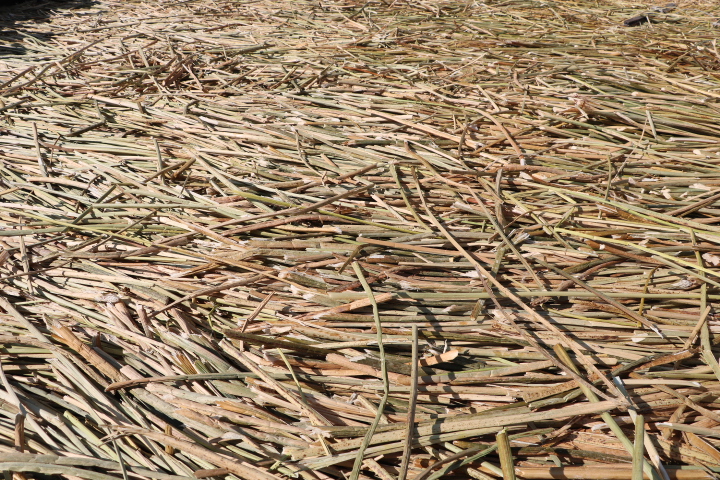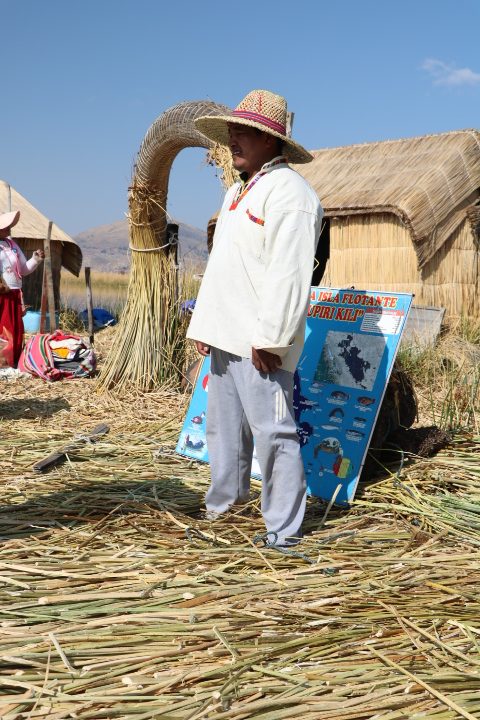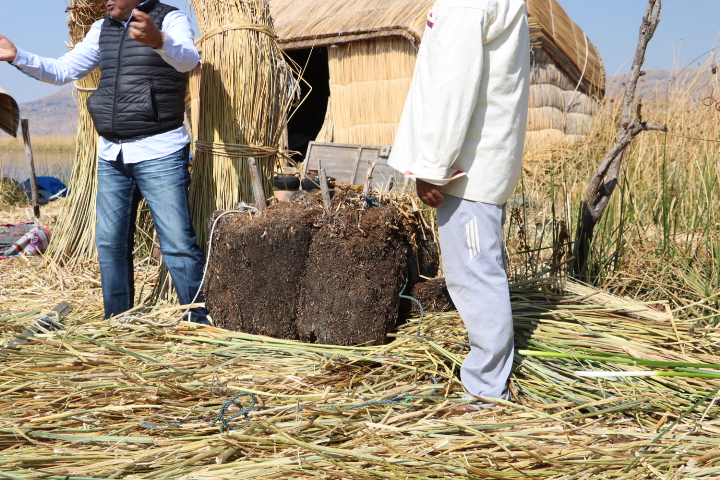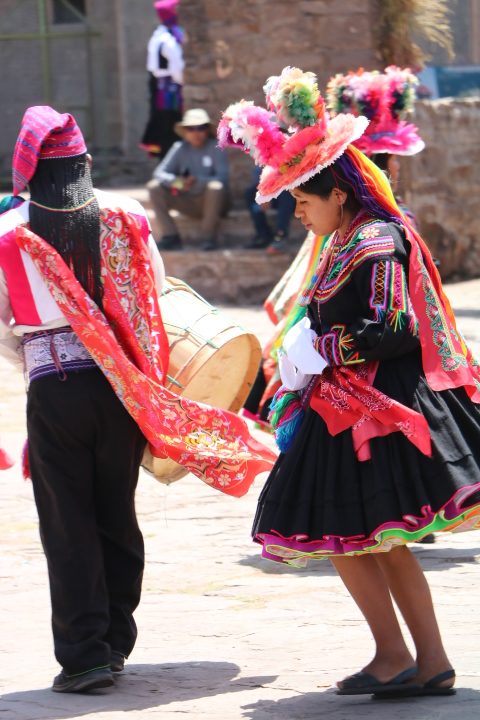Today was our opportunity to explore Lake Titicaca. It is the world’s highest navigable waterway. Lakeside inhabitants have used reed and wooden sailing boats, later steam powered ships and petrol engine craft to fish and trade for centuries.


Adjacent to the hotel were two Glasgow-built steamships for passengers and freight from the late 19th century and used into the 1920s. It is interesting that being built in Scotland meant getting them to Peru was a massive undertaking. Sailing them to the country would have meant endless refuelling. It was decided to box the wooden elements such as the bridge and cabins and partly assemble the bigger steel elements and ship them to Peru via Cape Horn (no Panama Canal at this time). The final leg of the journey was by rail and road, a logistical nightmare, for final assembly on the waterfront.
There are several islands to visit in the lake. The Islas Uros are fascinating. They have been created from the buoyant totora reeds that grow abundantly in the shallows. Although they are partially edible they are used to build homes, boats and the islands themselves. We had an interesting demonstration of how the roots and reeds are used to build the island and continuously replenish the top surface so that underfoot it is soft and a little bouncy.











The reed boats are interesting because they are similar to those used in Egypt some 4,000 years ago.


Toquile Island is inhabited by people who speak the Quechua language. It is a small island rising steeply from the lake with many agricultural terraces. After a long and steady climb at least there was lunch.




On the return journey we experienced the start of some inclement weather. There was a good chop because massive lakes have their own weather system which can ‘whip up’ strong winds and waves in moments.